Best Things To Do in Pokhara
Discover amazing activities and things to do
Explore all things to do in Pokhara
Pokhara, where every sunrise brings new pursuits and every sunset paints the sky with memories.
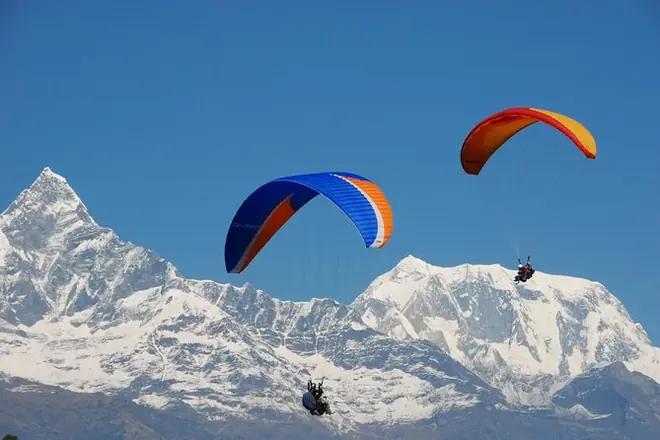
Paragliding
Pokhara is one of the best places for paragliding in the World. The flights usually start from Sarangkot, an overlook ab...
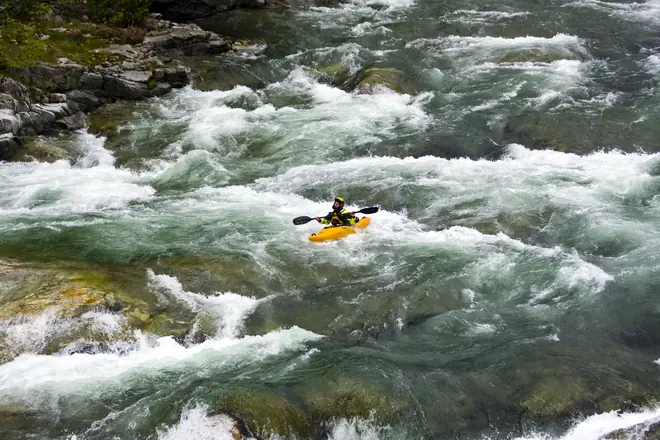
White Water Rafting
Seti and Trishuli rivers close to Pokhara make for easy white water rafting in Nepal. Trips go from half a day to severa...
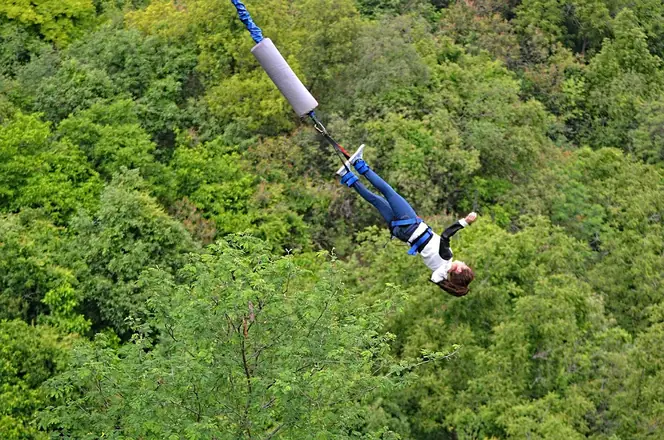
Bungee Jumping
The Bhote Koshi River sits about 30 kilometers from Pokhara. It hosts Nepal's tallest bungee jump at 160 meters. Jumpers...
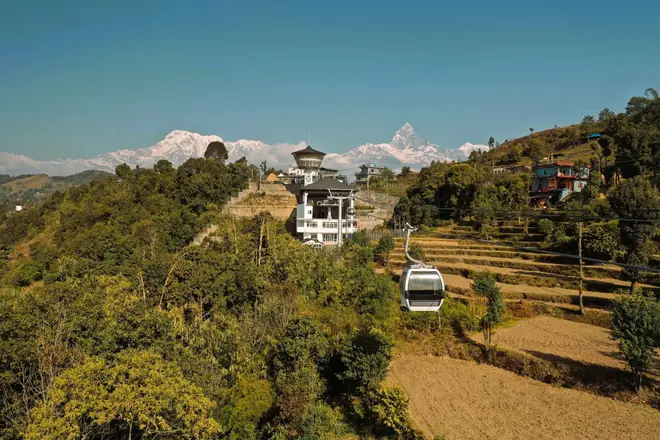
Riding Cable Car
The Pokhara Cable Car is a cable car that travels from Sarangkot hills to the lakeside area,Sedi, going up about 700 met...
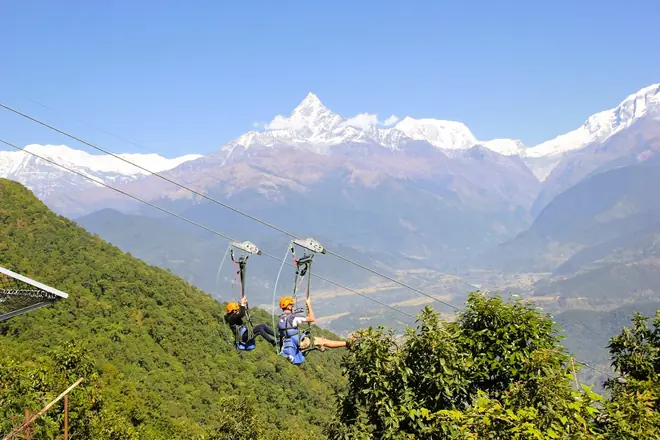
Zip-lining
The Sarangkot area in Pokhara is home to one of the longest zip-lines in Nepal, which is about 1.8 kilometers in length...
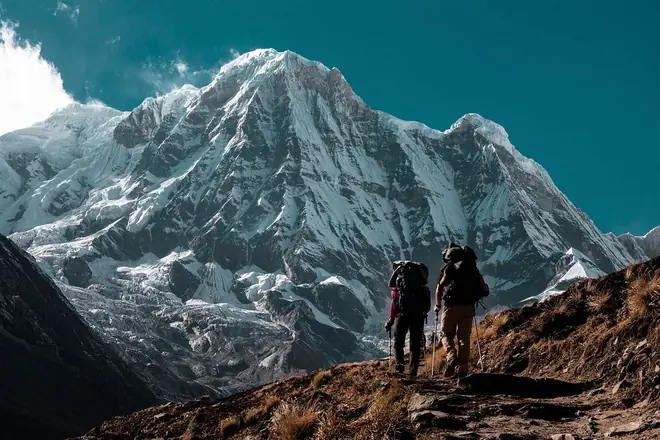
Trekking
Pokhara is the gateway to Annapurna Himalayan region, and trekking possibilities here cater for all levels of walking, f...
